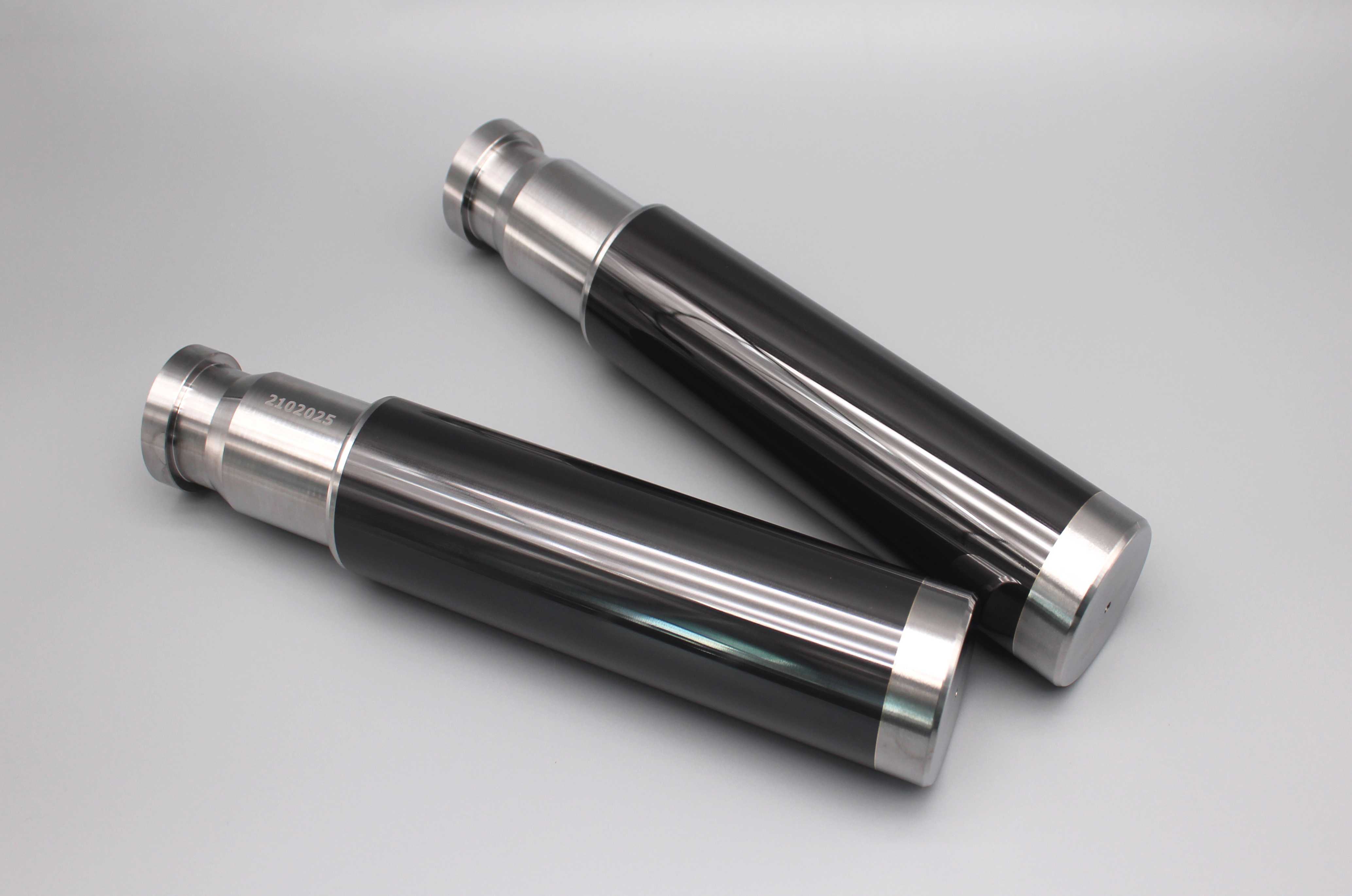Properties of silicon carbide ceramic materials
Chemical properties of silicon carbide ceramic materials
When the temperature in the oxygen reaction reaches 1300 ° C, a protective layer of silica is formed on the surface of the silicon carbide crystal. With the thickening of the protective layer, the internal silicon carbide is resistant to continue to combine, so that silicon carbide has good chemical resistance. In terms of acid resistance, alkali resistance and compound resistance, silicon carbide has strong acid resistance and poor alkali resistance due to the role of silicon dioxide protective film.
Physical properties of silicon carbide ceramic materials
The density of various sic crystals is similar, usually 3.20 g/mm³. Silicon carbide has a hardness of 9.5 Mohs and a Knox hardness of 2670-2815 kg/mm, higher than corundum in abrades, second only to diamond, cubic boron nitride and boron carbide. The thermal conductivity and thermal shock resistance of silicon carbide ceramics are very high, and the thermal expansion parameters are small, so silicon carbide ceramics is a high-quality refractory material.
Electrical properties of silicon carbide ceramic materials
Silicon Carbide ceramics Machining silicon carbide ceramic parts
Industrial constant temperature silicon carbide ceramics is a kind of semiconductor, which belongs to impurity conductivity. The internal resistance of high purity silicon carbide decreases with increasing temperature. The conductivity of sic varies with different impurities.
Hydrophilicity of silicon carbide ceramic materials
SiC is a compound with strong covalent bonds. The ionic properties of Si-C bonds in silicon carbide ceramics are only about 12%. Therefore, silicon carbide has high hardness, large elastic modulus and good wear resistance. It is worth pointing out that the silicon dioxide layer formed on the surface of silicon carbide will inhibit the further diffusion of oxygen when silicon carbide is oxidized, so the oxidation rate is low.
Application of silicon carbide ceramic materials
Silicon carbide has very similar properties to diamond – it is one of the lightest, hardest and strongest technical ceramic materials, with excellent thermal conductivity, acid resistance and low thermal expansion. When physical wear is an important consideration, silicon carbide is an excellent material because it has good corrosion and wear resistance, making it useful for a variety of applications, including:
· valve seat;
· sliding bearing;
· Mechanical seal;
· plunger;
· sealing ring (water ring pump);
· Wearing parts (conductor);
· cellar with crucible;
· burner;
· nozzle;
· Heat exchanger.

Silicon carbide ceramic processing
When silicon carbide ceramics are in raw or biscuit form, it can be processed into complex geometric shapes with relative ease. However, the sintering process required to fully densify the material causes the main body to shrink by about 20%. This shrinkage means that it is not possible to maintain very tight tolerances when machining pre-sintering. In order to achieve very tight tolerances, the fully sintered material must be machined/ground using diamond tools. In this process, very precise diamond coating tools/grinding wheels are used to grind away the material until the desired shape is formed. Due to the inherent toughness and hardness of the material, this can be a time-consuming and expensive process.
Like oxides and nitrides, silicon carbide is a very wear-resistant material that, once fired, requires a diamond grinding method for processing. Although not unique, carbides are primarily used in applications where physical wear is a major consideration.
Ascend Precision Machinery
wxam.assistant@marketingforce.com

